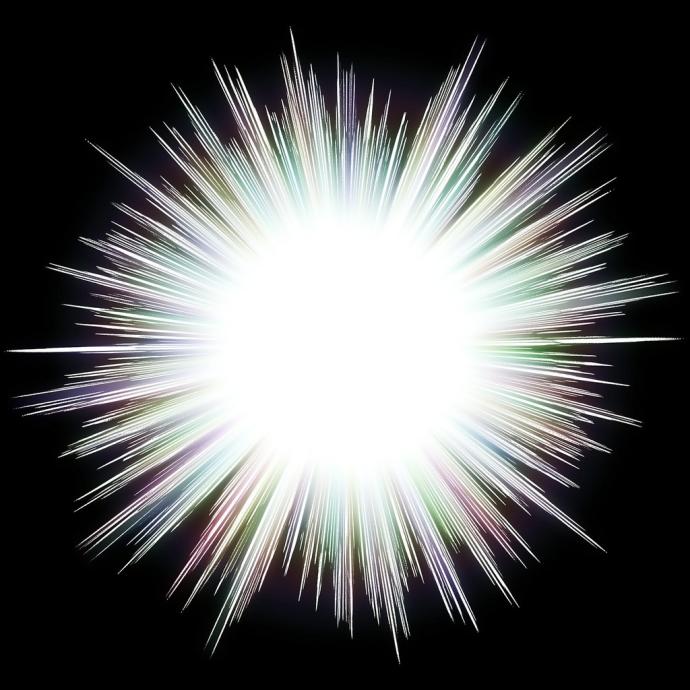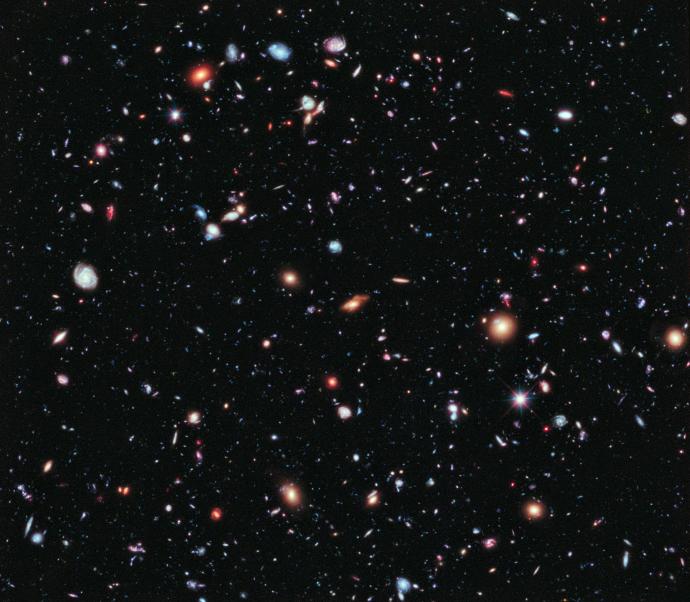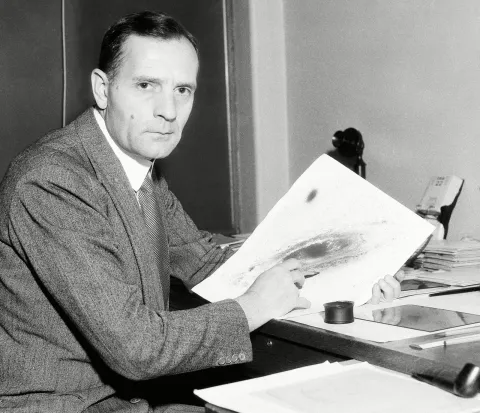The Big Bang
The Big Bang is the explanation for how the Universe started.
Astronomers think that everything started in a single point. Then everything expanded and stretched to grow into the huge Universe we see today.
Image

Credit
This work
by Pixabay
is licensed under Creative Commons Zero v1.0 Universal
The Universe
Cosmology is the study of the Universe. It doesn't look at small objects, like stars or planets. It investigates the Universe on a large scale.
Image

Credit
This work
by NASA/ESA/G. Illingworth/D. Magee/P. Oesch (University of California, Santa Cruz)/R. Bouwens (Leiden University)/HUDF09 Team
is licensed under Creative Commons Attribution 4.0 International
Edwin Hubble
Occupation
Astronomer, Cosmologist
Year born
1889
Research Areas
Galaxies, Extra-galactic astronomy, Observational cosmology
Image

Credit
This work
by Encyclopædia Britannica
is licensed under All rights reserved
